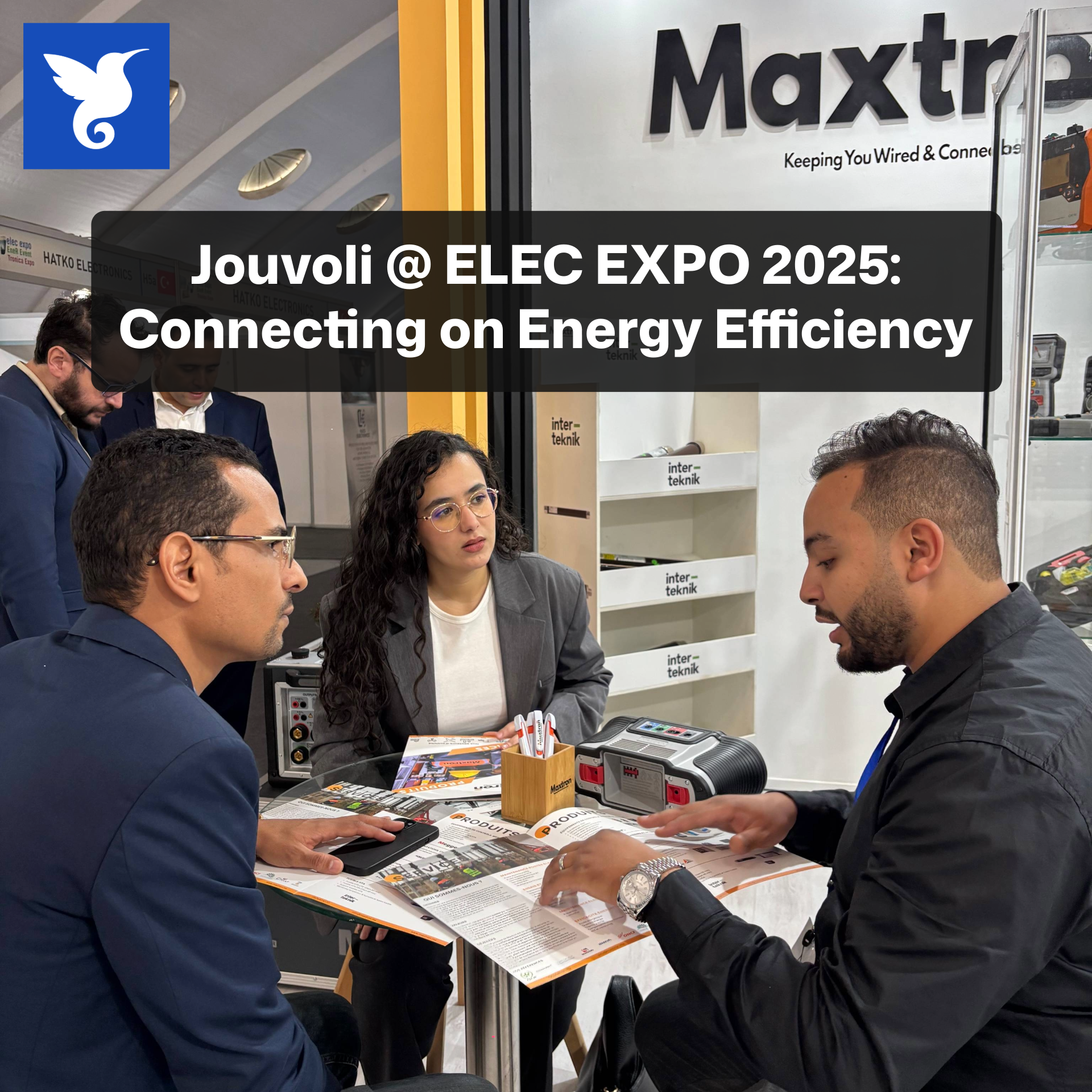Green steel, produced using innovative technologies like hydrogen-based direct reduction (H2-DRI) and electric arc furnaces (EAF) powered by renewable energy, has the potential to revolutionize the steel industry and significantly reduce its environmental impact. 🌿
By minimizing CO₂ emissions and leveraging renewable energy sources, green steel production methods can cut greenhouse gas emissions by an impressive 90–98% compared to conventional steelmaking processes. However, the true environmental performance of green steel heavily relies on the decarbonization of the entire energy mix.
Life Cycle Assessment (LCA) plays a crucial role in validating the environmental benefits of green steel and avoiding unintended burden shifting. Challenges in the transition to green steel include high costs, limited availability of high-grade iron ore, and the need for globally harmonized standards to define and measure green steel.
Despite these hurdles, the shift towards green steel is driven by increasing regulatory pressure, commercial demands from businesses, and growing societal expectations. As the world moves towards a more sustainable future, green steel is poised to become an essential component in the fight against climate change.
👉 Discover how our innovative platform optimizes Green Steel production through smart energy use, process efficiency and system integration at https://jouvoli.io/


